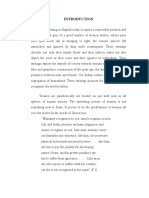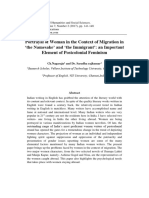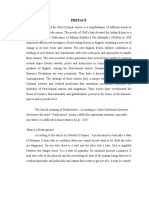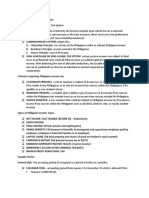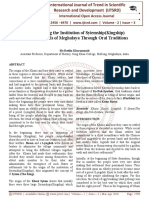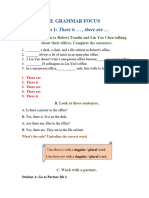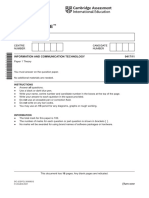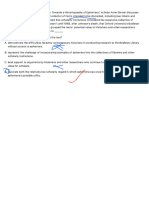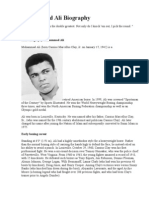0% found this document useful (0 votes)
36 views12 pages02 Introduction
The document explores the representation of Indian women in English fiction through the works of Anita Desai, Shashi Deshpande, and Bharati Mukherjee, highlighting the feminist themes present in their narratives. It discusses the evolution of feminist literature in India, emphasizing the struggles and identities of women against patriarchal norms. The study aims to analyze the diverse images of women portrayed by these authors, reflecting their psychological and societal challenges.
Uploaded by
borahrashmi565Copyright
© © All Rights Reserved
We take content rights seriously. If you suspect this is your content, claim it here.
Available Formats
Download as PDF, TXT or read online on Scribd
0% found this document useful (0 votes)
36 views12 pages02 Introduction
The document explores the representation of Indian women in English fiction through the works of Anita Desai, Shashi Deshpande, and Bharati Mukherjee, highlighting the feminist themes present in their narratives. It discusses the evolution of feminist literature in India, emphasizing the struggles and identities of women against patriarchal norms. The study aims to analyze the diverse images of women portrayed by these authors, reflecting their psychological and societal challenges.
Uploaded by
borahrashmi565Copyright
© © All Rights Reserved
We take content rights seriously. If you suspect this is your content, claim it here.
Available Formats
Download as PDF, TXT or read online on Scribd
/ 12
















